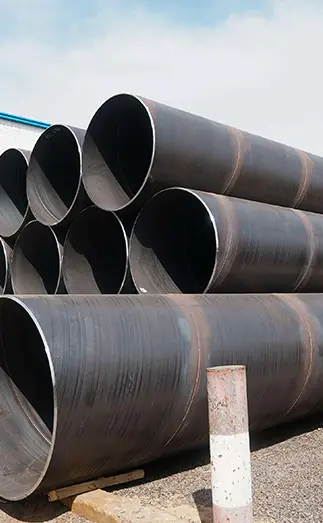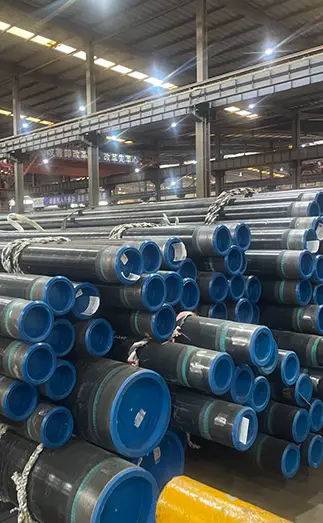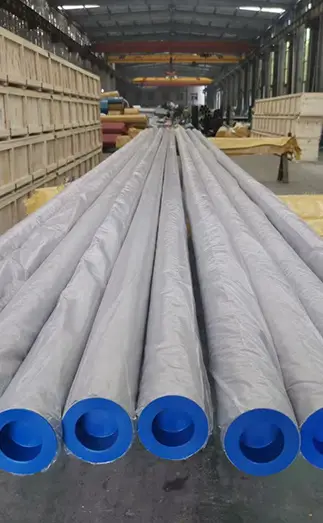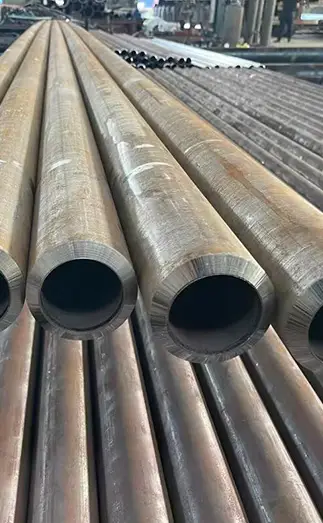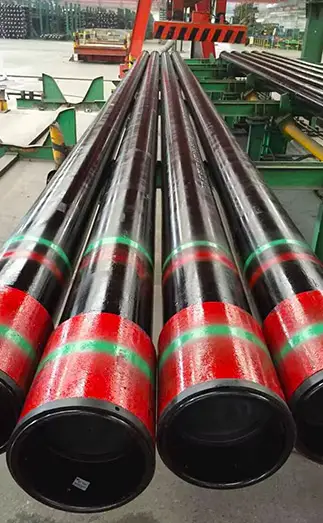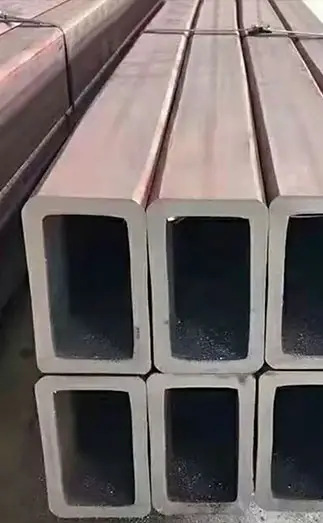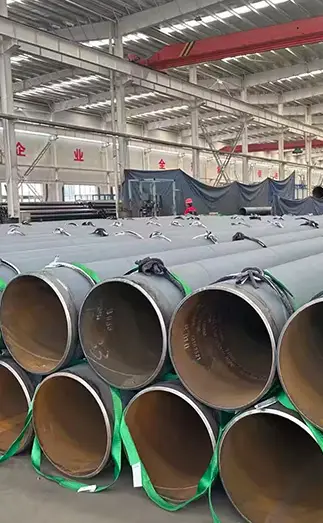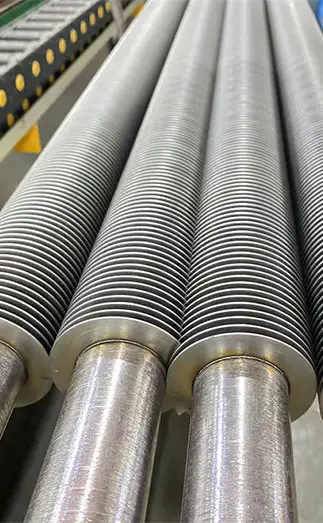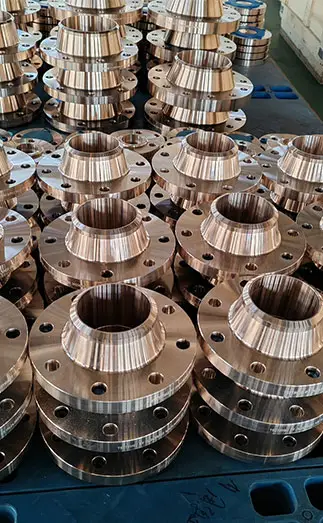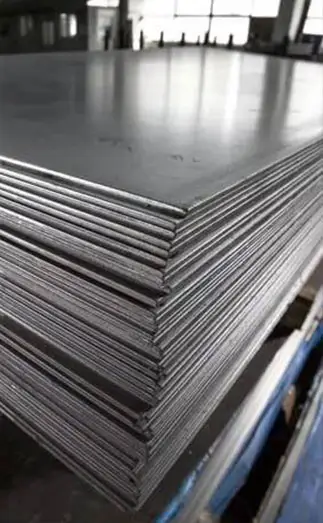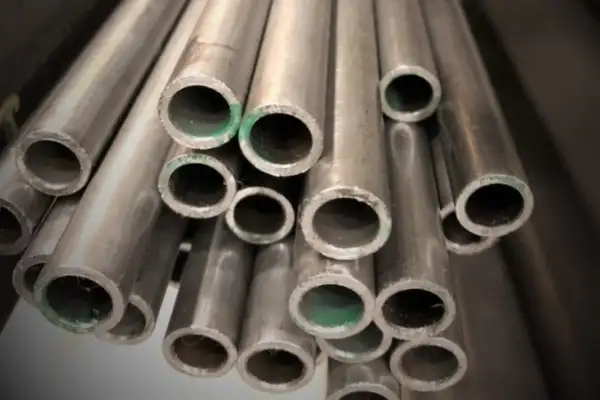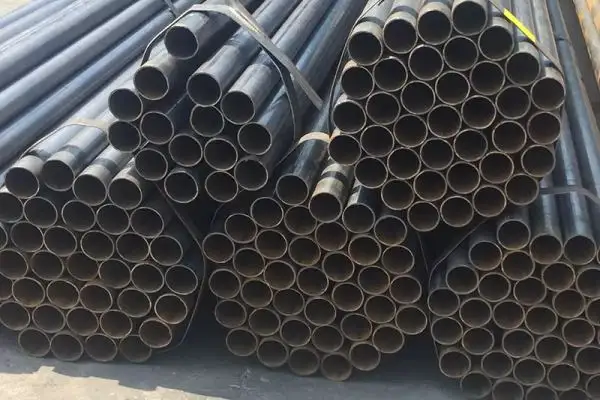The specifications for connecting galvanized steel pipes depend on the chosen method, which generally includes welding, flange connection, and clamp groove connection. Among these, welding is the most widely used, as it delivers the highest connection quality despite taking more time. The clamp groove connection is convenient—once grooves are prepared on both pipe ends, they are simply aligned and secured with a clamp. The flange connection requires attaching flanges to each pipe end, which are then bolted together to form a sealed joint.
Super Steel Manufacturing Co.,Ltd is professional steel pipe manufacturer, for more details, please contact:sales@super-steels.com
Common Issues in Pipe Connections
Water seepage, leakage, or moisture at pipe ends.
Failure to re-galvanize welded joints, particularly between pipes and flanges.
Preventive Measures of Connecting Galvanized Steel Pipes
Choose high-quality galvanized steel pipes. Select the connection method according to design specifications and pipe size. Follow proper construction standards and procedures.
For pipes with DN≤100 mm, use threaded connections.
Before final assembly, hand-tighten the pipes to check for proper fit, leaving room for final tightening.
Apply sealing filler evenly in a clockwise direction.
For pipes with DN > 100 mm, use welded flanges.
After welding, perform re-galvanization. If unsure of dimensions, pre-assemble the parts first, then carry out secondary galvanizing once confirmed.
Ensure flanges are parallel before tightening; avoid forcing misaligned flanges together.
Install gaskets between flanges. The gasket’s material and thickness must meet design and construction standards. They should fit precisely (not offset, doubled, or protruding into the flange) and include handles for proper placement.
Bolts must meet standard requirements for length and diameter. Install them in the same direction, with nuts aligned on one side.
After installation, conduct a hydrostatic pressure test. Mark and repair any leaks, then retest until results are satisfactory.



 English
English Español
Español Français
Français بالعربية
بالعربية